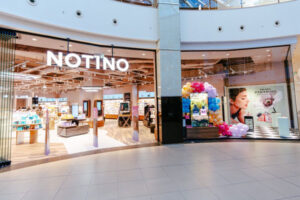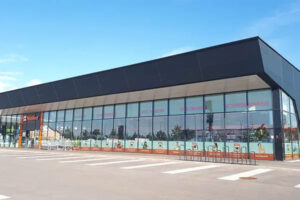By Peter Tonstad
The last months have been extremely difficult for all of us. With one of our Boostcom teams located in mainland China, our organization was affected by Covid-19 from the beginning of January. Little did we know then, that we would be relating to the same challenge across all our 12 locations globally a couple of months later. As our 1,100 shopping center clients were heavily impacted from closures or partial closures, the effects trickled down to us as a digital service provider to the global industry. Most of our clients put more or less all their consumer marketing activities on hold during the closures, and consumer communication was limited to practical information like opening hours.
From our unique vantage point, with visibility into millions of digital shopper interactions, we observed consumer engagement on the web, apps, etc. to be surprisingly high throughout the period of closures. Consumers were still looking for retail content, and seeking to meet their shopping needs through the online channels of their favorite malls.
As the world emerges from Covid-19, it is evident that digital reach for malls will be more important than ever before. A strong digital footprint is critical, the foundation of which is a direct and enduring digital relationship between shopping centers and the highest percentage of their unique annual visitors possible. On average our clients reach 30 % of their mall visitors through their database, some reach up to 70 % of all visitors. Under normal circumstances this digital reach can drive up to 25 % of total sales for some tenants.
Several industry analysts said at the beginning of the pandemic that Covid-19 would change retail forever. They suggested consumers would now prefer to do a much higher share of their shopping online. The numbers we are seeing tell a different story.
In Norway, where currently there are close to zero infected people, the “new normal” looks a lot like the “old normal”. Malls are generally seeing the same or higher footfall and sales compared to the pre-Covid period. The exceptions are malls located at public transport hubs which are still affected by lower volumes of commuters.
In Europe, consumer engagement from individual mall databases show that app usage was 50 % of peak levels during the period from mid-March to the end of April. However, on average we saw that opening rates (email, notifications and messaging) were higher during Covid-19 than before, and these higher levels have been maintained after the
re-opening. In fact, during the first week of May, we saw record high volumes of consumer redemptions of offers on their mobiles.
In the US, web traffic on our clients’ sites plummeted until Easter Sunday, down to just 30 % of normal levels, but began to steadily climb with talk of reopening retail, reaching pre-Covid levels by May 8, 2020. One week later web traffic had exceeded pre-Covid volumes, and by June 4, 2020 was up a full 30% above normal (see graph below).
Consumers have maintained their digital engagement with shopping centers, even through periods of closures. After re-opening, their engagement is substantially higher than before the crisis. Surely that proves the resilience of malls, and the attractiveness offered to consumers. To secure this attractive market position for the future, all efforts possible should be made to further integrate with the digital world. Shopping centers have a unique opportunity to solve many existing challenges with e-commerce, like last mile deliveries and returns. In general, there are many very positive signs for retail real estate under the new normal. Attractive physical locations plus a big shopper database with long lasting digital relationships is the optimal market positioning for the future!







